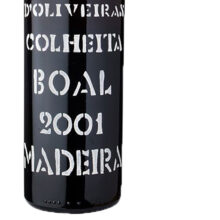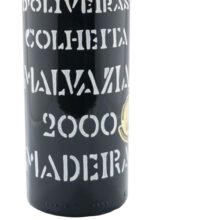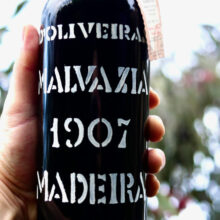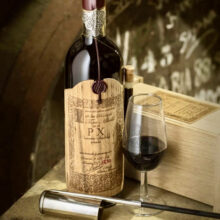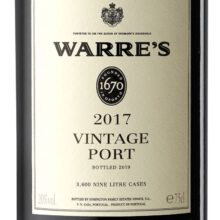
Product information
Warre’s Vintage Port 2017
Port from Portugal, Douro
$165
Description
The 2017 Vintage Port is mostly a field blend from old vines (63%), plus 22% Touriga Nacional and 15% Touriga Franca, bottled about a month before this tasting after 18 months in seasoned vats. The just-bottled sample was not actually used for fear it might be in shock, so this is actually a pre-bottling sample. It comes in with 110 grams of residual sugar.
Relatively accessible, this still shows some impressive firmness to go with its fine concentration. An elegant wine this may be, as Charles Symington called it, but it is still admirable for its structure, even if the whole package is a little understated. Its fruit and mid-palate are nicely supported by moderate tannins. It evolves well with air, easily showing vivid and fresh fruit. It is beautifully textured as well. This is a fine Warre’s Port, holding its own next to Dow, better than the 2016 Warre and a force in its own right. It is one of the best in a while. It is relatively accessible but not ready.
Rating 94-96, Reviewed by Mark Squires, 12th July 2019, Drink 2025 – 2067
Out of stock
